Chapter 13
Special Senses
By Boundless
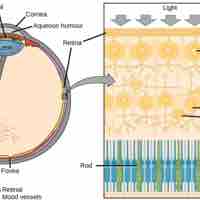
Many structures in the human eye, such as the cornea and fovea, process light so it can be deciphered by rods and cones in the retina.
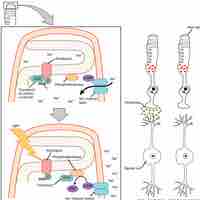
Light is tranduced in rods and cones; visual information is processed in the retina before entering the brain.
Visual signals are processed in the brain through several different pathways.
The senses of taste and smell are related because they use the same types of receptors and are stimulated by molecules in solutions or air.
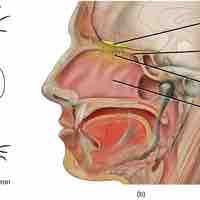
Odorants and tastants produce signal molecules received by receptors, which are then processed by the brain to identify smells and tastes.
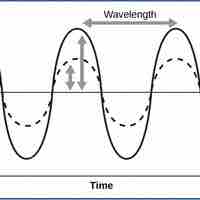
Sound waves, characterized by frequency and amplitude, are perceived uniquely by different organisms.
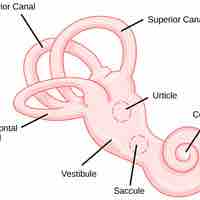
Gravity, acceleration, and deceleration are detected by evaluating the inertia on receptive cells in the vestibular system.
The outer, middle, and inner structures of the ear collect sound energy, converting it to audible sound.
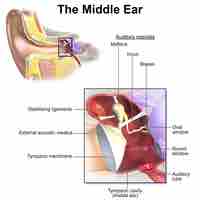
When sound waves reach the ear, the ear transduces this mechanical stimulus (pressure) into a nerve impulse (electrical signal) that the brain perceives as sound.